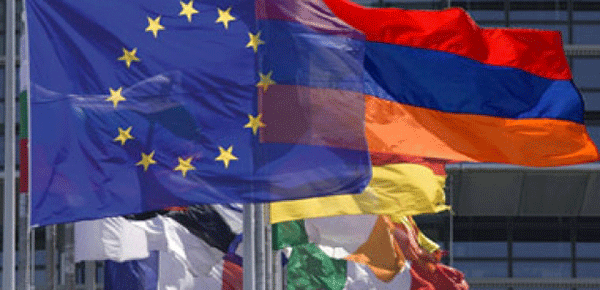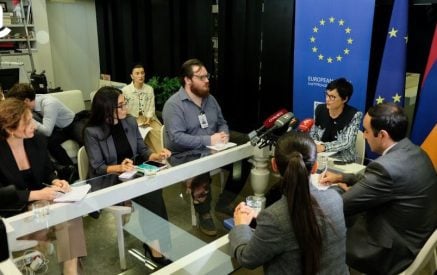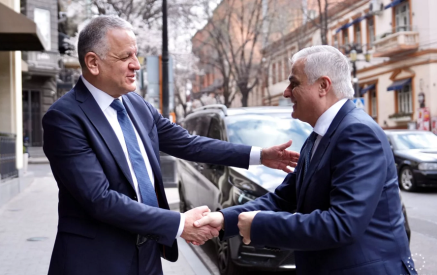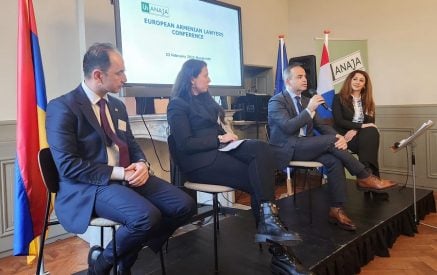Relations between the EU and Armenia and negotiations over the new agreement continue to give rise to numerous discussions. Recently, in his interview to Mediamax, EU Commissioner for European Neighbourhood Policy & Enlargement Negotiations Johannes Hahn noted that the process of negotiating a comprehensive agreement is coming to an end. So, let us try to understand what the envisaged agreement may include.
Carrot and Stick Approach
In academic literature, the most common definition of the European Union’s relations with neighborhood countries is the “carrot and stick approach”, where trade and economic relations are the carrot, and the numerous reforms in neighborhood countries pushed forward by the EU is the democracy-instilling stick against anti-democratic forces. Usually the more economically dependent the country is on the EU, the more it is inclined to make changes in trade and economy, as well as democracy and human rights sectors.
For instance, Moldova, 60% of whose products were exported to EU countries in 2014, occupied the first place among Eastern Partnership countries in its willingness to make legislative changes during the same year. In other words, EU Neighborhood countries’ aspiration to make legislative changes are directly linked to the extent of their economic relations with the European Union since legislative changes first of all facilitate economic cooperation and ensure new economic interests for the neighbor country.
Read also
Unfortunately, in Armenia’s case, the legislation facilitation procedure cannot be a priority anymore because Armenia is now an EAEU member country. Hence, it is not surprising that during the aforementioned interview, Hahn mentioned and we quote here, “Good progress has been achieved already in the negotiations but we should not underestimate the remaining challenges notably in the area of trade”.
Is This the End?
So, do the obstacles in the trade and economy sector caused by Armenia’s membership in the EAEU mean that the envisaged agreement will merely have a formal and technical nature, rather than create really beneficial opportunities for Armenia?
A number of agreements signed between the EU and Armenia during last year show that the EU wants to give “carrots” to Armenia, offering the latter really beneficial cooperation opportunities which are outside the scope of EAEU control.
It is not surprising that Armenia joined or was offered to join a number of EU projects in 2016. For instance, Armenia became member of the project “Horizon 2020”, which promises huge benefits to Armenia in the field of science. In November 2016, it was announced that negotiations are to start between Yerevan and Brussels regarding Armenia’s membership in the Common Aviation Area Agreement. This will significantly reduce the cost of air transportation. This year Armenia also entered the process of joining “Creative Europe” initiative, which will give the opportunity to expand the scope of cultural exchanges. The successful implementation of the “carrot approach” will give the EU the opportunity to push forward the package of political reforms in Armenia.
Hence, we can expect that the envisaged comprehensive agreement will also include cooperation possibilities. For instance, if trade liberalization is impossible due to Armenia’s membership in the EAEU, Armenia can and should make reforms in the investments sector in order to facilitate the flow of European investments to Armenia. Thus, the new agreement will surely contain paragraphs on cooperation in the investments sector. The agreements reached between Armenia and the EU in 2016 show that, if desired, one can find a lot of possibilities to make Armenia closer to Europe.
Anna Pambukhchyan
“Union of Informed Citizens”






















































